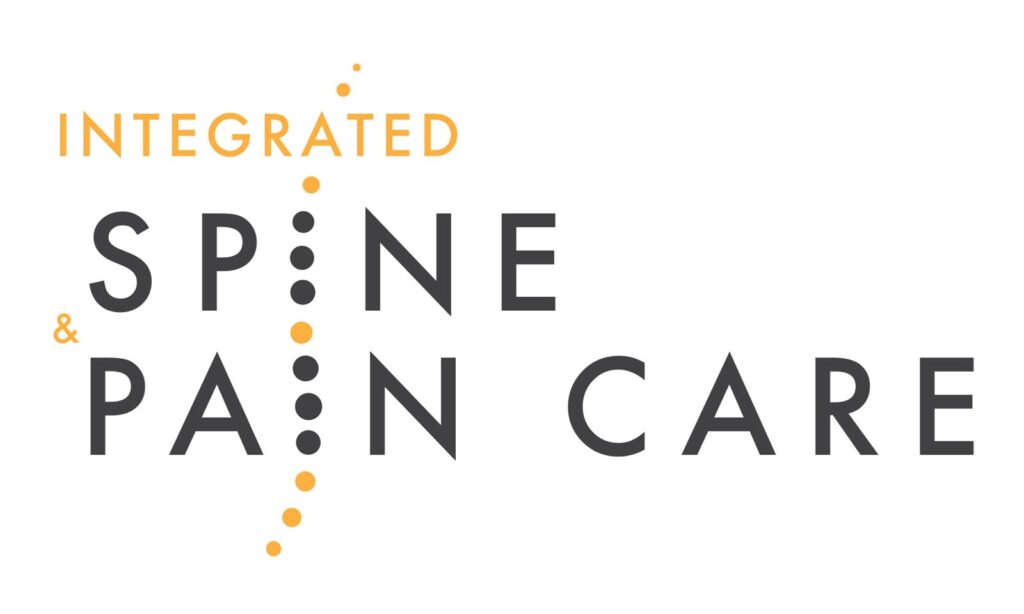Learn more about TMS and Ketamine Treatments.
Hip, Leg and Knee
Anterior Cruciate Ligament (ACL) Injuries in Women
The anterior cruciate ligament, commonly called the ACL, is a thick, elastic band of tissue that runs from the bottom of the femur to the top of the tibia. It helps stabilize the knee joint. The ACL can become stretched or torn when the knee is twisted or hyperextended. For reasons that are not fully understood, ACL injuries are much more common in women than in men.
Avascular Necrosis (AVN) of the Hip
This condition occurs when a bone’s normal blood supply is disrupted. The affected bone cells die, and the dead bone weakens and may begin to fracture and collapse, leading to arthritis. It most commonly affects the head of the femur, but can also affect other bones in the body.
Coccydynia
This condition is an inflammation of the tip of the tailbone, called the coccyx. It causes pain and tenderness between the buttocks.
Complex Regional Pain Syndrome (CRPS)
This chronic condition, also known as reflex sympathetic dystrophy, is an unexplained feeling of pain and discomfort that most commonly affects an arm, leg, hand or foot. Often, it begins in the hand or foot and then spreads to affect the entire limb.
Degenerative Joint Disease of the Hip (Osteoarthritis of the Hip)
This condition is a wearing away of cartilage in the hip joint caused by arthritis, which can develop because of trauma, infection, age or autoimmune disorders.
Hip Bursitis
This condition is an inflammation of the trochanteric bursa, a fluid-filled sac that lies between the femur and the iliotibial band, a thick, wide tendon on the outside of the hip joint. This condition can cause pain and swelling on the outer side of the hip.
Iliotibial Band Syndrome (ITBS)
This condition is a painful inflammation of the iliotibial band, a thick, tendon-like portion of a muscle that travels from the hip down the outer side of the thigh to the knee. ITBS results in pain, aggravated by activity, which is usually felt on the outer side of the knee.
Inflammatory Arthritis of the Hip
This condition is an irritation of the hip joint that can cause inflammation, pain, and limited mobility. Unlike osteoarthritis, which occurs from a wearing away of cartilage on the ends of connecting bones, inflammatory arthritis is a disease of the immune system that can affect multiple joints.
Labral Tears of the Hip
This condition is a tearing of the labrum a thick cuff of fibrous tissue that lines the hip socket. The labrum cushions the joint and provides a smooth surface for the head of the femur to glide within the socket. A torn labrum can interfere with the normal motion of the hip joint.
Lumbar Radiculopathy (Sciatica)
This condition is an irritation or compression of one or more nerve roots in the lumbar spine. Because these nerves travel to the hips, buttocks, legs and feet, an injury in the lumbar spine can cause symptoms in these areas. Sciatica may result from a variety of problems with the bones and tissues of the lumbar spinal column.
Meniscus Tears
The meniscus is comprised of two c-shaped wedges of cartilage that cushion and stabilize the knee joint. A torn meniscus can cause pain and limited mobility in the knee.
Muscle Strain Injuries of the Hip
This injury is a stretching or tearing of fibers in one of the muscles at the hip joint. Hip strains may be mild, moderate or severe.
Muscle Strain Injuries of the Thigh
This condition is a pull or tear in the hamstring, quadriceps or adductor muscles of the thigh, usually from trauma or strenuous activity.
Osgood-Schlatter Disease
This overuse injury is an inflammation that occurs at the point where the patellar tendon attaches to the tibia. It most commonly affects adolescents. One or both knees may be affected.
Osteoarthritis of the Hip
Osteoarthritis, also called degenerative arthritis, is a gradual breakdown of cartilage in the joints. Cartilage is a tough, flexible connective tissue that protects the ends of bones in the joints. Osteoarthritis is common in the hip because the hip bears the weight of the body. Osteoarthritis of the hip can severely impact a person’s lifestyle.
Osteoarthritis of the Knee
Osteoarthritis, also called degenerative arthritis, is a gradual breakdown of cartilage in the joints. Cartilage is a tough, flexible connective tissue that protects the ends of bones in the joints. Osteoarthritis is common in the knees because the knees bear the weight of the body. Osteoarthritis of the knee can severely impact a person’s lifestyle.
Osteochondritis Dissecans of the Knee
This condition is characterized by the death of an area of cartilage and bone in the knee joint. The dead section may remain in place, forming a lesion, or it may loosen and partially detach from the surrounding bone. It may break away completely and float around inside the joint.
Patellar Tendonitis (Jumper’s Knee)
This condition is an inflammation of the tendon that connects the patella (the kneecap) to the tibia in the knee joint. This tendon is part of the structure of muscles and tendons in the knee that allows the knee to straighten from being bent.
Patellofemoral Pain Syndrome (Runner’s Knee)
This condition is an irritation of the cartilage on the back of the patella (the kneecap) that causes pain in one or both knees.
Peripheral Neuralgia
This painful condition results from damage to the peripheral nervous system the nerves that travel from the spinal cord to the limbs and organs.
Phantom Limb Pain
This condition, common among amputees, is a painful sensation that seems to originate in a missing limb. It is different from stump pain, which is pain in the stump of an amputated limb generally caused by overuse or a poorly-fitting prosthesis.
Piriformis Syndrome
This condition is an irritation of the sciatic nerve, a thick nerve that branches from the lumbar spine and travels through the buttocks and down the back of each leg. An irritation of the sciatic nerve can result in radiating pain or numbness from the buttocks down through the legs.
Post Laminectomy Syndrome
Post laminectomy syndrome, also called failed back syndrome, is a continuous and chronic pain that can develop after certain types of back surgery.
Quadriceps Tendon Tear
This condition is a tear of the tendon that connects the patella to the quadriceps muscles of the thigh. The quadriceps muscle is used to straighten the leg from the bent position. A complete rupture of the quadriceps tendon is a disabling injury.
Transient Osteoporosis of the Hip
This condition is a sudden onset of pain in the hip that usually subsides within six months to a year. This condition is not associated with degenerative osteoporosis, and there is usually no long-term disability.

Botox
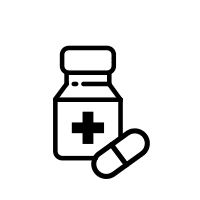
Medication Management
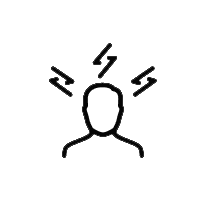
Pain Treatment

Hyaluronic Acid Injections

Suboxone
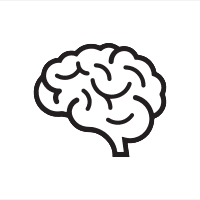
Transcranial Magnetic Stimulation
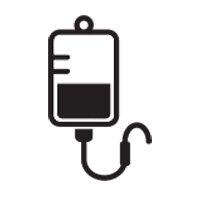
Ketamine Infusions
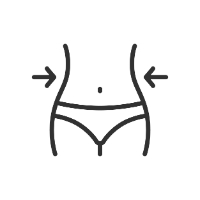
Medical Weight Loss
OUR LOCATIONS
Choose your preferred location
Powered by CRAMMAZE
